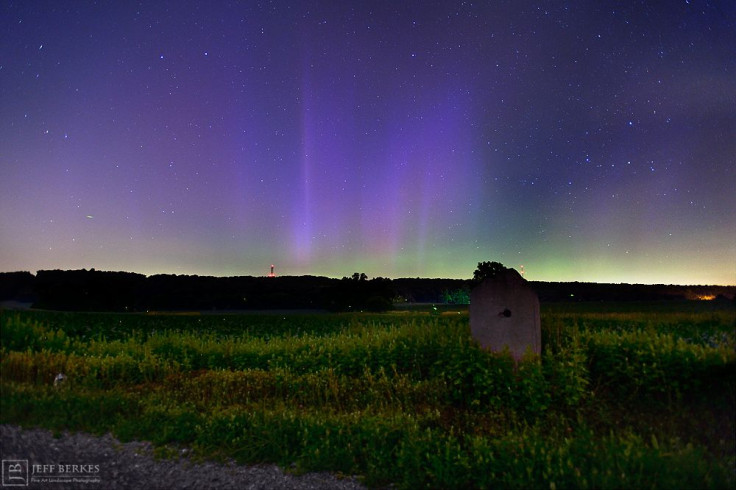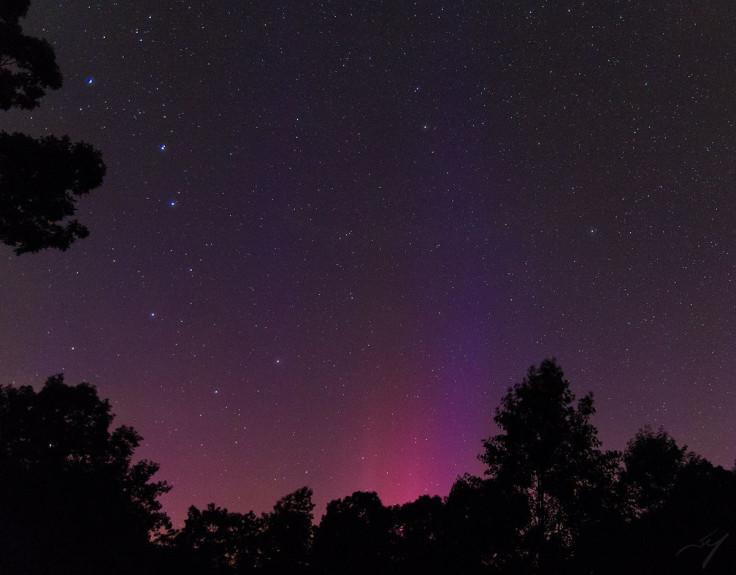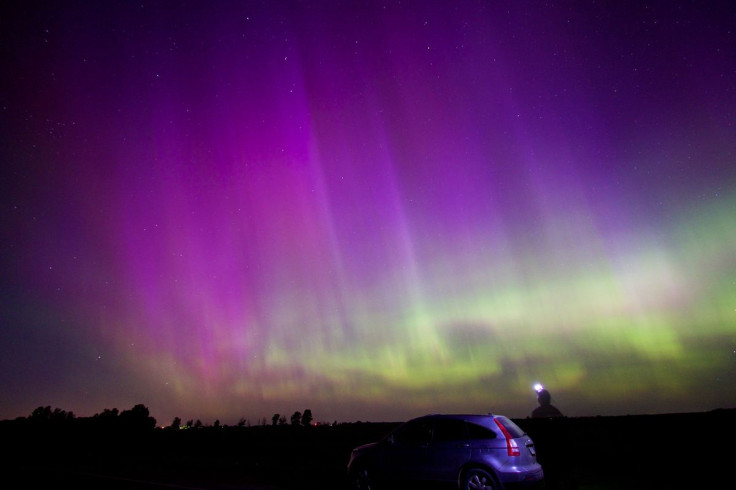Earth-Directed CME Caused ‘Severe’ Geomagnetic Storm, Lit The Skies This Week

Earth experienced a geomagnetic storm Monday because of a coronal mass ejection (CME) and mid-level solar flare, according to NASA. The CME, which originated at 10:24 p.m. EDT on Saturday, exploded from the sun at about 780 miles per second, and touched Earth at 1:59 p.m. EDT on Monday, the space agency said Wednesday.
The National Oceanic and Atmospheric Administration (NOAA), which initially rated the resulting geomagnetic storm as G4, or severe, later downgraded it to G1. According to NOAA, an increase in solar wind speeds and a slight increase in the magnetic field were observed Wednesday at NASA’s Advanced Composition Explorer spacecraft, indicating the arrival of the anticipated CME.
“The resulting weak response a short time later from several magnetometers around the world, indicate that we were likely only hit by the edge of the plasma cloud as it passed by Earth,” NOAA said, in a statement.
Solar flares, which are powerful bursts of radiation observed over the sun’s surface or the solar limb, send energy, light and high-speed particles into space. These flares are often associated with solar magnetic storms known as CME.
If directed at Earth, powerful solar flares and associated CMEs can harm satellites, communications systems, ground-based technologies and power grids. According to scientists, a geomagnetic storm occurs when the plasma and magnetic fields in a CME interact with Earth’s magnetic field. The interaction disturbs the magnetosphere, allowing stored plasma to flow toward the planet’s magnetic poles.
Thanks to Monday’s geomagnetic storm, auroras were sighted in several mid-latitude locations in the United States and in the United Kingdom, NASA said.
Here are some spectacular views of the auroras:



© Copyright IBTimes 2024. All rights reserved.












